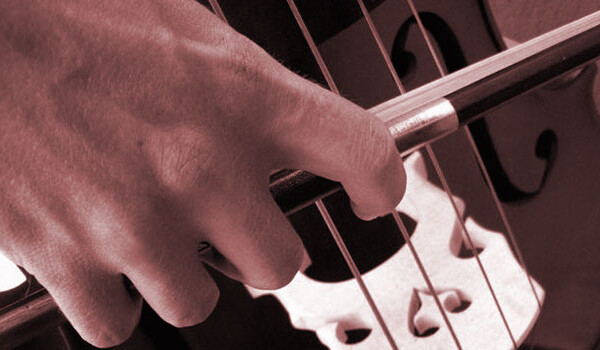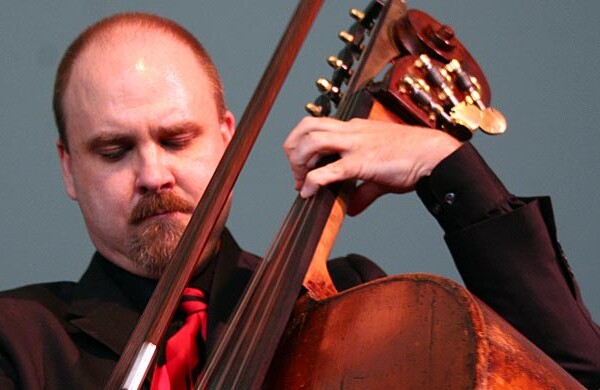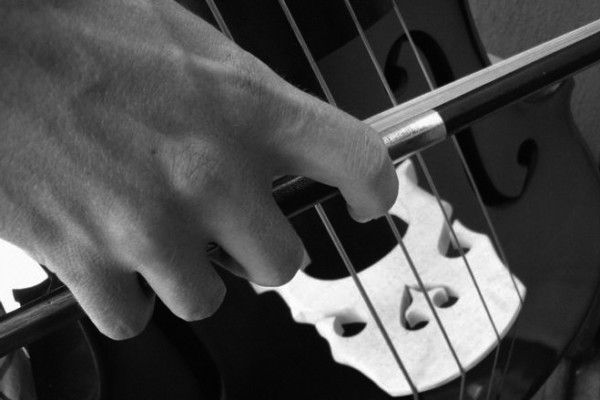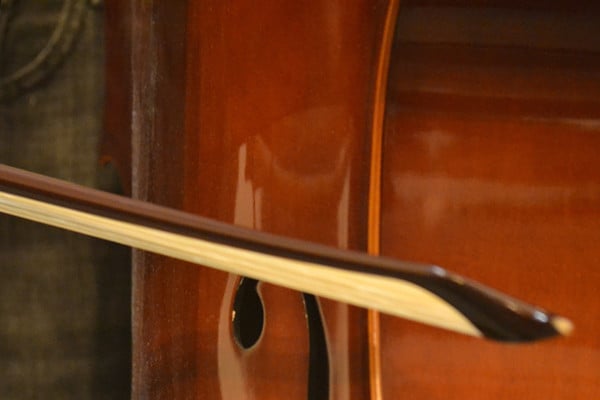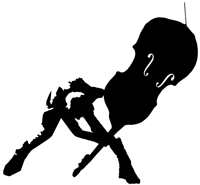Bowing Archives
How to Practice Double Stops (with the Bow)
Double stops can present a major challenge for double bassists just being introduced to them, specifically in the arena of intonation. Finger spacing, shifting, and dropping and lifting of multiple fingers are all areas that can trip someone up. Below, using a famous passage from Edouard Nanny’s Concerto attributed to Dragonetti, are a few ways to approach double stops which...
My Double Bass Setup: Part 1 – The Bow
Usually in this column I talk about general double bass (upright bass) subjects, or answer specific questions that I think will be of benefit to the largest number of readers. Lately, however, I’ve been getting a great many questions about my personal bass setup. So, in the next few columns I’m going to go through some of the things that...
Should I Play French or German Bow?
Q: I’m just starting out and I can’t figure out if I should play French or German bow? – Marisol G. A: One of the seemingly most controversial, yet entirely manufactured non-controversies among double bass players is whether one should play using an overhand (aka “French”) bow or an underhand (aka “German”) bow. Note: “German” and “French” are used here...
Maximizing Resonance with the Bow
If you play the bass long enough you’ll hear someone talking about making a “resonant” sound. When we are searching for a resonant sound we are attempting to create an unrestricted sound, one with some “depth,” where the strings and the bass itself both vibrate freely. Obviously, some basses vibrate more easily than others. These tend to be the more...
Simple Exercise for Increased Bow Control on Bass
When using the bow, the natural tendency is to play louder at the frog and softer at the tip. We must, of course, counteract this predisposition on a regular basis. Simply playing a full bow with consistent timbre and volume requires it. Generally, we do this by adding pressure, via arm weight, to the bow as we move further from...
Seven Planes of the Bow Arm
If we are aiming for a consistent sound, the shape of our bow arm should be the same no matter which string, or combination of strings, we are playing on. To do this, we must raise or lower our arm, depending upon which string, or combination of strings, we are playing on. For example, while the shape of our bowing...
Arco Tone on the Bass: Three Main Components
There are a number of things than can adversely affect a bassist’s tone when they are using the bow. For example, failing to move the bow parallel to the bridge will cause impurities in the tone. Too much, or too little, rosin can cause problems. So can worn out bow hair or an improperly tightened bow. Beyond moving the bow...
Bowing Fun: A Look at the iOS App for Bowing Exercises
Bowing Fun offers up exercises for bowed instruments – double bass (violin, viola and cello too) – designed to develop sight-reading skills and agility. A friend recommended that I check out this app, as he’s enjoyed it thought might be worthy of a review here. I have mixed feelings about it, but decided it was worth sharing the good and...
Consistent Weight and Legato Bowing
One of the most common deficiencies bass players have when using the bow is an inconsistency of tone in various parts of the bow. There may be times when such inconsistency is musically desirable, but it should always happen “on purpose” and not merely as a result of a lack of bow control. For example when playing the passage below,...
